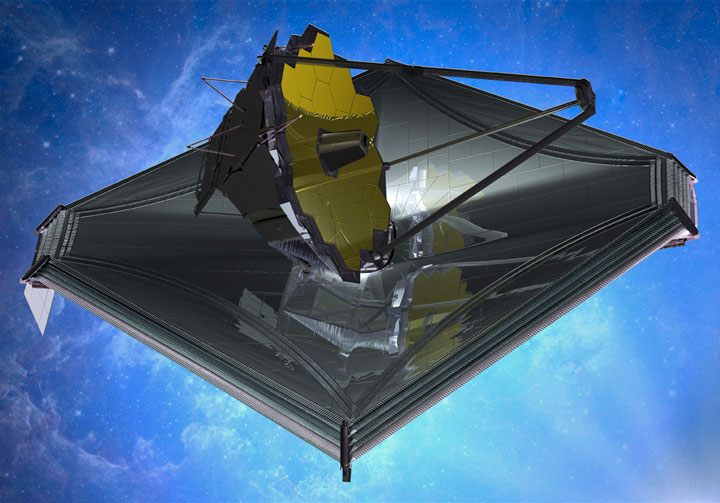
The faster you go, the less inclined the air becomes to get out of your way. This simple fact, which stood for years as an impediment to breaking the sound barrier, can also be ingeniously harnessed to create an engine capable of zipping along at supersonic speeds without the fuel weight required by rockets.
In this article, I trace the history, science and engineering behind this revolutionary “flying stovepipe,” from its theoretical birth during the biplane era to its modern military and commercial offshoots. By the time we’re done, you’ll understand…




